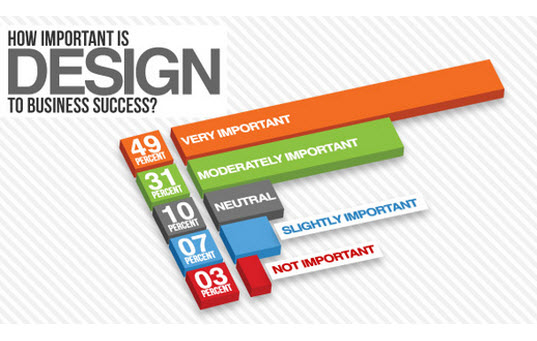Website Layout Essentials: Tips For Building A User-Friendly Site
Website Layout Essentials: Tips For Building A User-Friendly Site
Blog Article
Content Author-Le Devine
When it pertains to web site layout, guaranteeing user-friendliness is vital. From responsive design to structured navigating, every aspect plays a critical duty in producing a website that satisfies your audience's requirements. Yet what concerning the better information that can make or damage a customer's searching experience? Remain tuned as we uncover some often-overlooked tips that can raise your site's use to the next level, making it absolutely stick out in the electronic landscape.
Importance of Responsive Style
Responsive layout is a critical facet of modern-day site development. Guaranteeing your internet site is responsive ways that it can adapt to various display sizes and devices, providing a seamless experience for individuals.
With the boosting use of smartphones and tablet computers to access the internet, having a responsive layout is important for reaching a broader audience. It aids in improving customer experience by making your site simple to browse and continue reading any kind of gadget.
Furthermore, responsive layout can positively influence your online search engine rankings, as search engines like Google prioritize mobile-friendly web sites. By having a receptive design, you're additionally future-proofing your site, as new tools with differing display dimensions continue to arise.
Simplify Navigation Structure
To improve customer experience and facilitate very easy accessibility to details on your web site, enhancing the navigating framework is paramount. When developing your site, focus on producing a clear and intuitive navigation food selection that assists site visitors discover what they're looking for quickly.
Limit the variety of menu items to the essentials, organizing relevant pages with each other to stay clear of frustrating users. Use detailed labels that clearly indicate the content of each page, making it easier for users to comprehend where each web link will certainly take them.
Think about implementing dropdown food selections for subcategories to avoid littering the major navigation bar. Furthermore, consist of a search bar plainly on the web page for individuals who like looking for details info.
Focus on mobile responsiveness in your navigating layout to guarantee very easy access on all tools.
Optimize Page Load Rate
Improving page tons speed is critical for keeping visitors on your website. Slow-loading https://www.hospitalitynet.org/news/4108986.html annoy users and can cause high bounce prices. To optimize page load rate, begin by enhancing photos. Compress pictures without jeopardizing quality to lower their data sizes.
Additionally, allow internet browser caching to save regularly accessed sources locally, accelerating load times for returning site visitors. https://donovanhudoy.blogdanica.com/32988405/be-impressed-by-the-most-recent-fads-and-developments-in-web-design-that-will-aid-you-remain-successful-explore-approaching-innovations , JavaScript, and HTML files by getting rid of unneeded characters, comments, and formatting, enhancing load speed.
Consider utilizing a content shipment network (CDN) to distribute your site's web content throughout numerous servers worldwide, reducing latency for users accessing your website from various areas. Last but not least, limit the use of third-party scripts and plugins, as they can considerably affect tons times.
Conclusion
To conclude, by including responsive design, streamlining navigating, and optimizing page lots speed, you can develop an easy to use internet site that appeals to a larger audience and improves individual experience. These essential elements make certain that site visitors can conveniently gain access to and browse your website across various tools, leading to enhanced engagement and contentment. By focusing on these vital elements, you can build an effective site that keeps individuals coming back for more.
